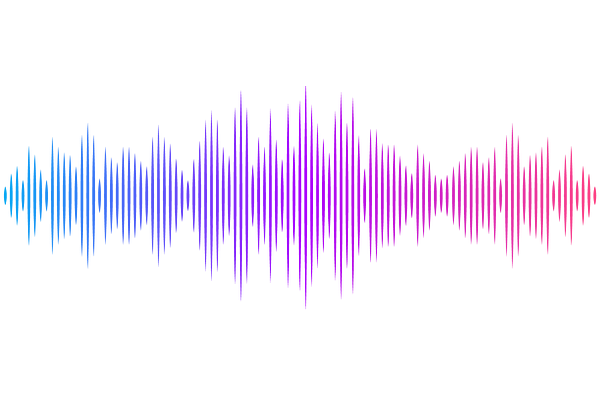Dirty Black Holes, Clean Signals: Near-Horizon vs. Environmental Effects on Grey-Body Factors and Hawking Radiation

Dirty Black Holes, Clean Signals: Near-Horizon vs. Environmental Effects on Grey-Body Factors and Hawking Radiation
Roman A. Konoplya, Thomas D. Pappas
AbstractGrey-body factors are not only essential ingredients for computing the intensity of Hawking radiation, but also serve as characteristics of black hole's geometry that are closely related to their quasinormal modes. Importantly, they tend to be more stable under small deformations of the background spacetime. In this work, we carry out a detailed analysis of grey-body factors and Hawking radiation for a spherically symmetric black hole subject to localized deformations which do not alter the Hawking temperature: near-horizon modifications to simulate possible new physics or matter fields, and far-zone perturbations to model environmental or astrophysical effects. We show that environmental deformations have only a minor impact on the grey-body factors and Hawking radiation--unless the additional potential barrier created by the environment becomes comparable in height to the primary peak associated with the black hole itself, a scenario more relevant to nonlinear dynamics. In contrast, near-horizon deformations significantly affect the Hawking spectrum, particularly in the low-frequency regime.